How Fiat digitally designed the sporty 124 Spider convertible
Practical expertise and computerised precision
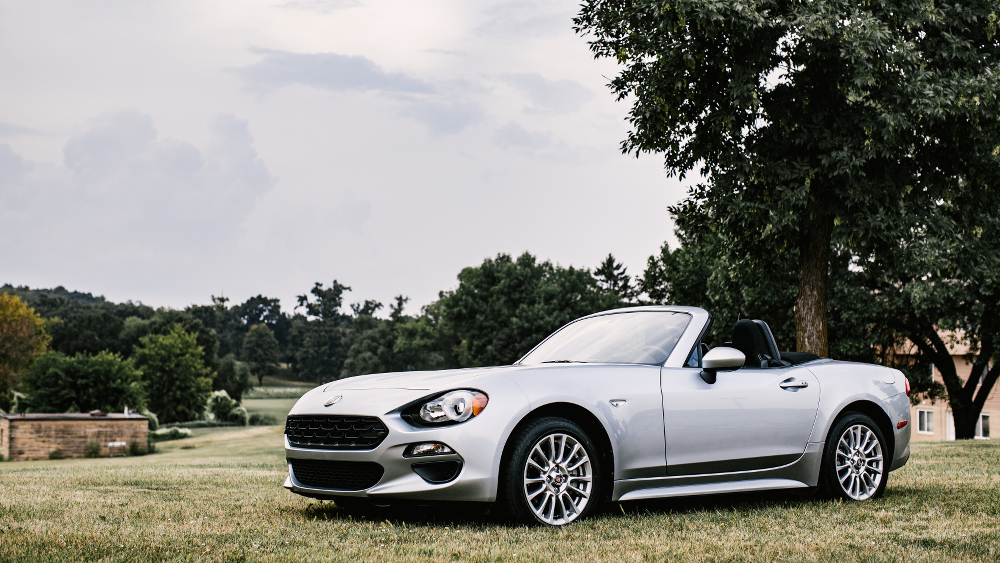
Photo credit: Josiah Bondy
You might think of computer design as a cold, electronic, and technical process. After all, the digital tools automakers use are made of bits and bytes (the most common one being Autodesk Alias, for Windows 10).
Interestingly, and possibly more than other computer-aided design efforts, car modeling, prototyping, and design on a computer is a surprisingly 'physical' and analog process, even though it is actually mostly digital these days.
One example of this is the sleek stylings of the 2018 Fiat 124 Spider convertible. If you’ve been following this column for some time or my other automotive writing, you know it is one of my favorites – small, sporty... and affordable. At $24,995, it’s priced within the realm of possibility for me, and while it has only 164-horsepower engine, it feels nimble and refined.
Talent, sensitivity and skills
That’s no accident, says Alberto Dilillo, head of Fiat design who spoke to TechRadar about how the computer-aided design came about. Of course, the new model is based on the popular convertible built from the late 60s through the 70s. Fiat had to make sure the new model matched the original and yet did not mimic it entirely. Computer modeling may be ultra-precise and even cold, but Dilillo described it as a distinctly analog-to-digital process.
“In my professional experience, the physical model is always the driver,” says Dilillo. “Ideally, you do not necessarily want to match ‘the feel’ of the original, but instead to ‘be like’ the original, if not better. This is only possible with talent, sensitivity and skills of the entire creative team comprised of designers and physical and virtual modelers.”
For most car designers, keeping the focus on the driver is critical because, in the end, the driver is the customer. It’s not only about the curve lines, or even cost effectiveness and aerodynamics, but about how the final design comes together to meet customer demands.
Sign up for breaking news, reviews, opinion, top tech deals, and more.
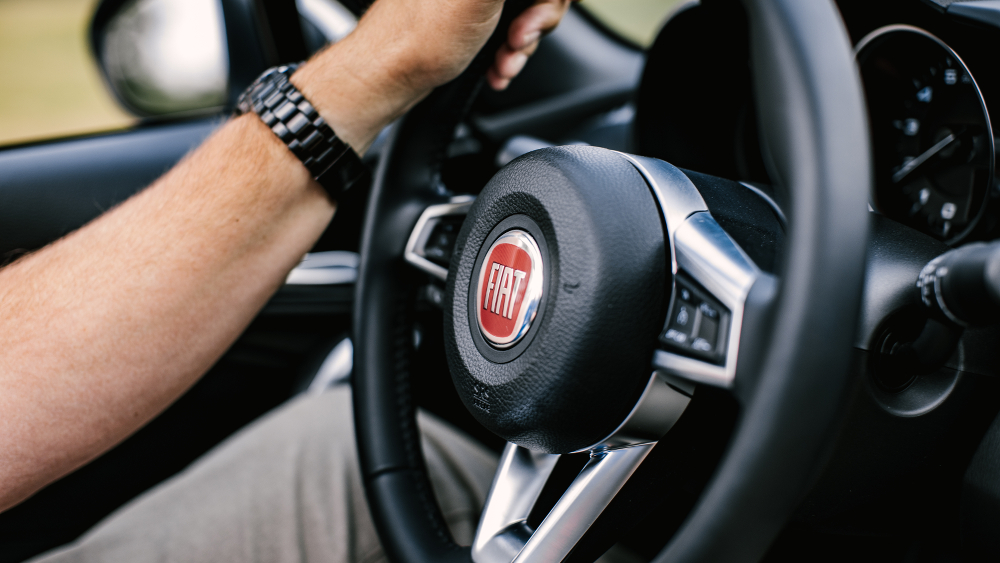
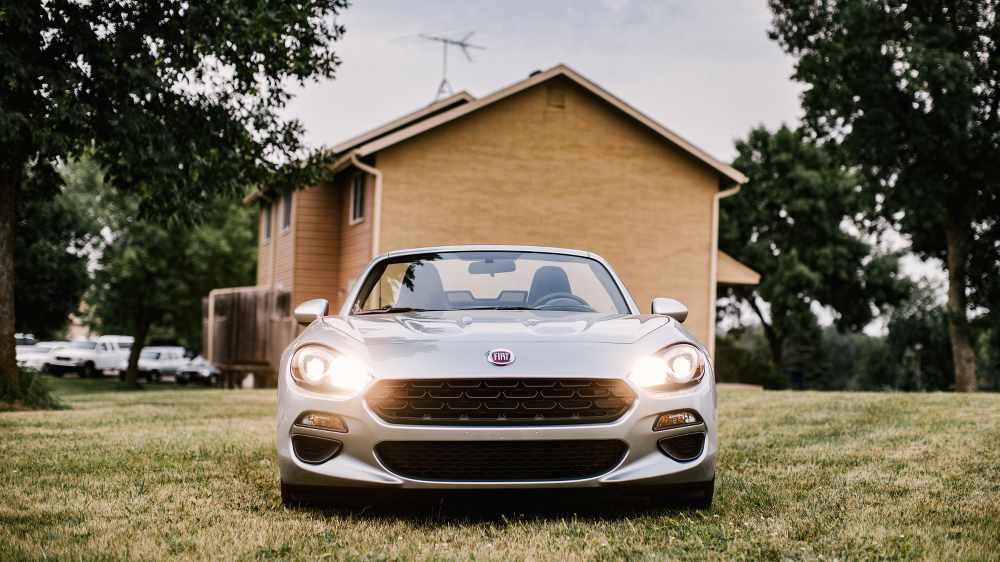

Photo credit: Josiah Bondy
Dilillo says one of the keys of digital design is in communication between teams.
“Virtual rendering and images in post-production can be very realistic and useful for internal and external communication,” he says. “With it, we can check and compare multiple shapes in real time in the virtual room while also looking at competitors.”
The design process also involves detailed inspections and iterations on specific elements – such as the way the hood curves into the headlamps in the front. He says they use Alias in all program development stages for the re-envisioned model.
“We can control the quality of the shape and reflection of the surfaces in advance, before it goes to mill and paint. It allows us the opportunity to define the smallest detail with amazing precision and magnify the components on the screen in huge scale.”
Simulated driving conditions
Interestingly, after some of these more detailed inspections, Dilillo says his team also uses a virtual wind tunnel (and later in an actual wind tunnel) to simulate driving factors.
“It is possible to test out a preliminary style and shape in a virtual wind tunnel and observe virtual molding simulations from a manufacturing standpoint,” he says. “We can appreciate the virtual appearance of the lighting signature and its performance; we can understand what we need to do to make improvements and at the same time see below the exterior skin.”
The team also uses virtual reality and stereoscopic helmets to see final designs.
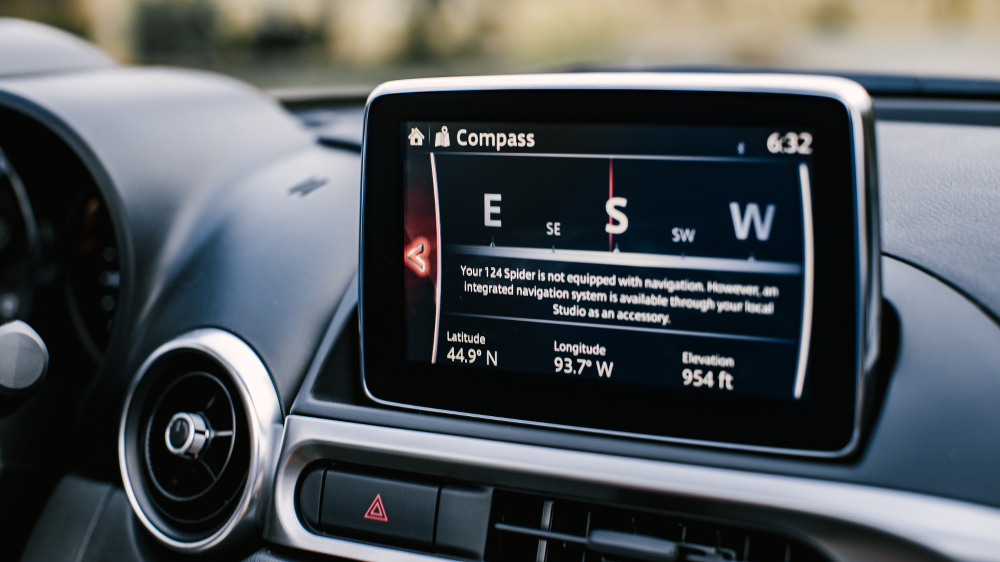
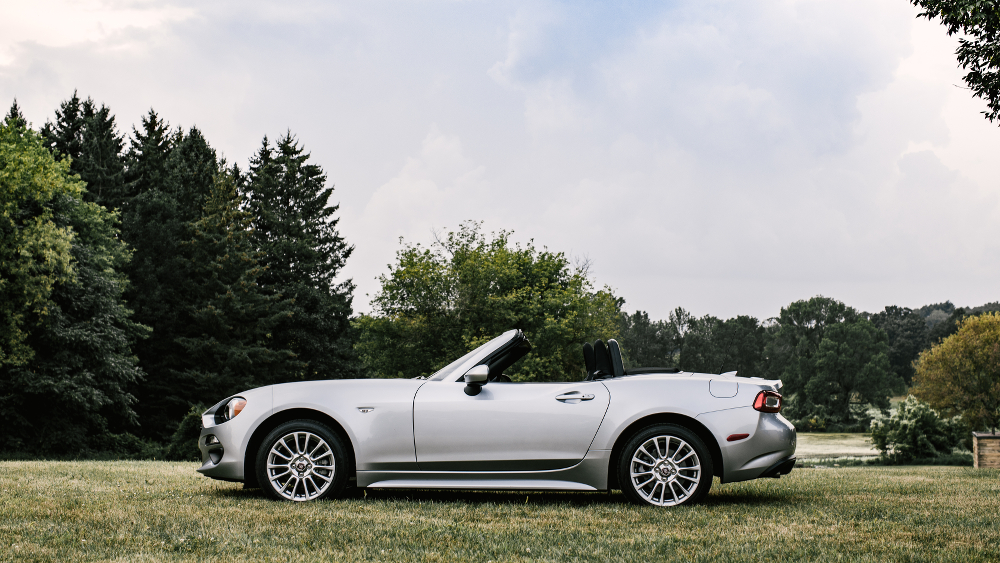
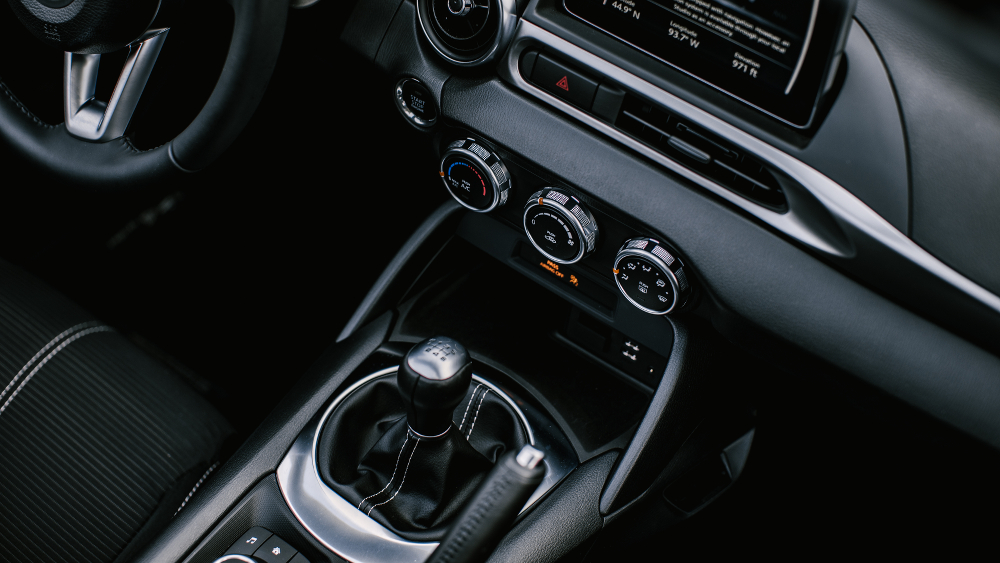
Photo credit: Josiah Bondy
“All the surfaces must be intercepted physically, by eyes and by touch, and all the manual improvements are fundamental in driving a correct construction of the virtual model, destined to become the industrial prototype of an applied art,” he says.
In the end, it becomes no accident – the design of the 124 Spider he says was predicated almost entirely by a computer-aided process.
“While it is wonderful to operate within a technological workshop, we are also artisans and like to use all of the tools available to generate prototypes by hand or machine,” he says. “This allows us to touch, try out, experiment and judge the appearance. Then, we can work manually or digitally to improve the execution and quality until it is ready for production.”
On The Road is TechRadar's regular look at the futuristic tech in today's hottest cars. John Brandon, a journalist who's been writing about cars for 12 years, puts a new car and its cutting-edge tech through the paces every week. One goal: To find out which new technologies will lead us to fully driverless cars.

John Brandon has covered gadgets and cars for the past 12 years having published over 12,000 articles and tested nearly 8,000 products. He's nothing if not prolific. Before starting his writing career, he led an Information Design practice at a large consumer electronics retailer in the US. His hobbies include deep sea exploration, complaining about the weather, and engineering a vast multiverse conspiracy.